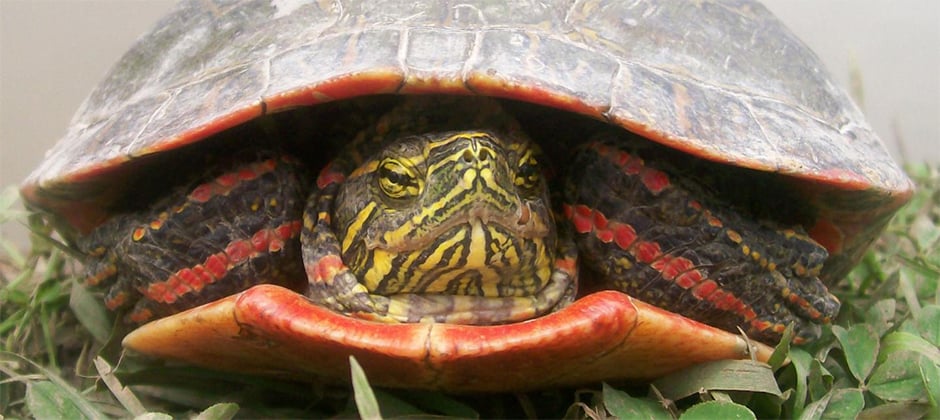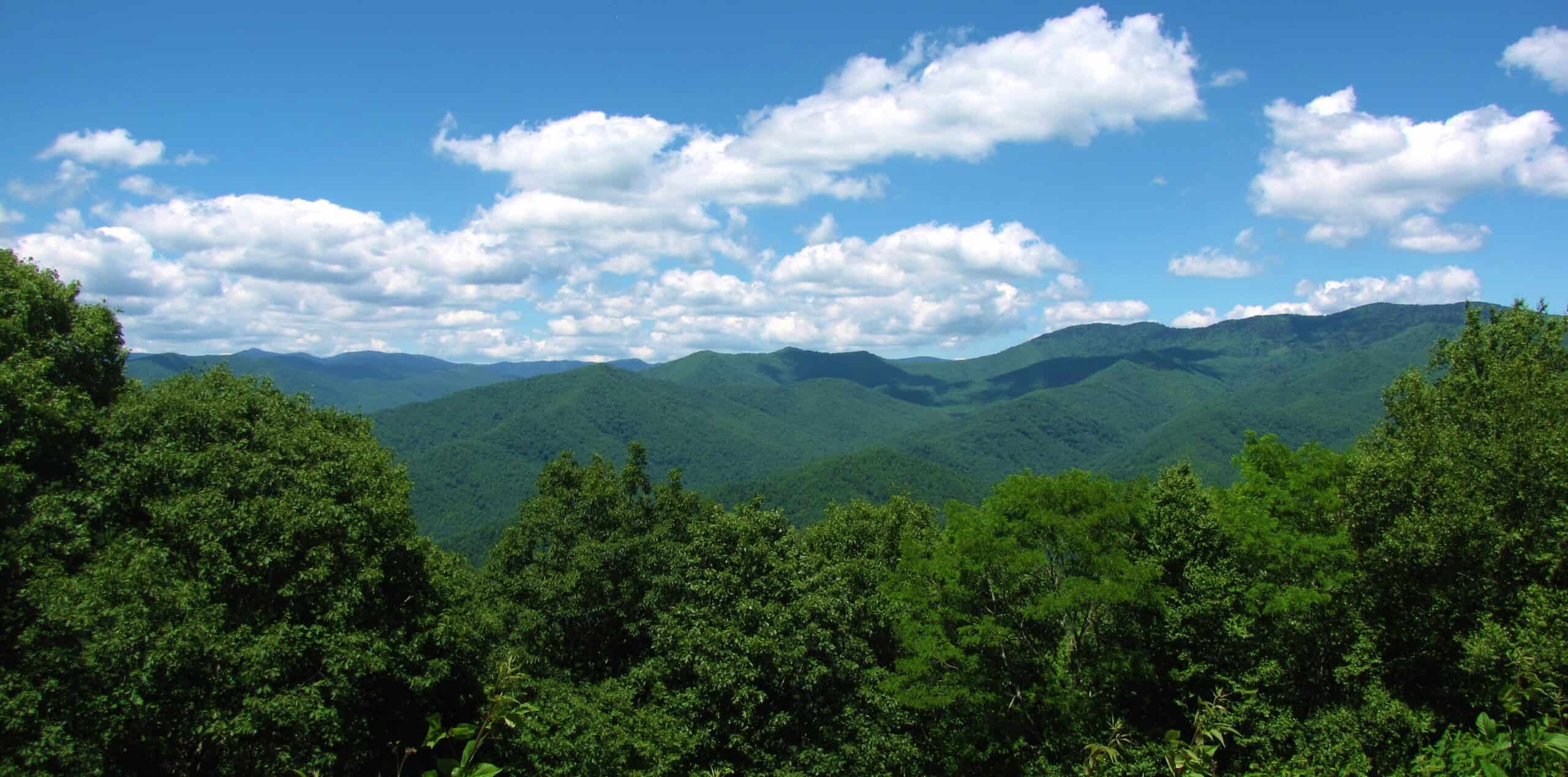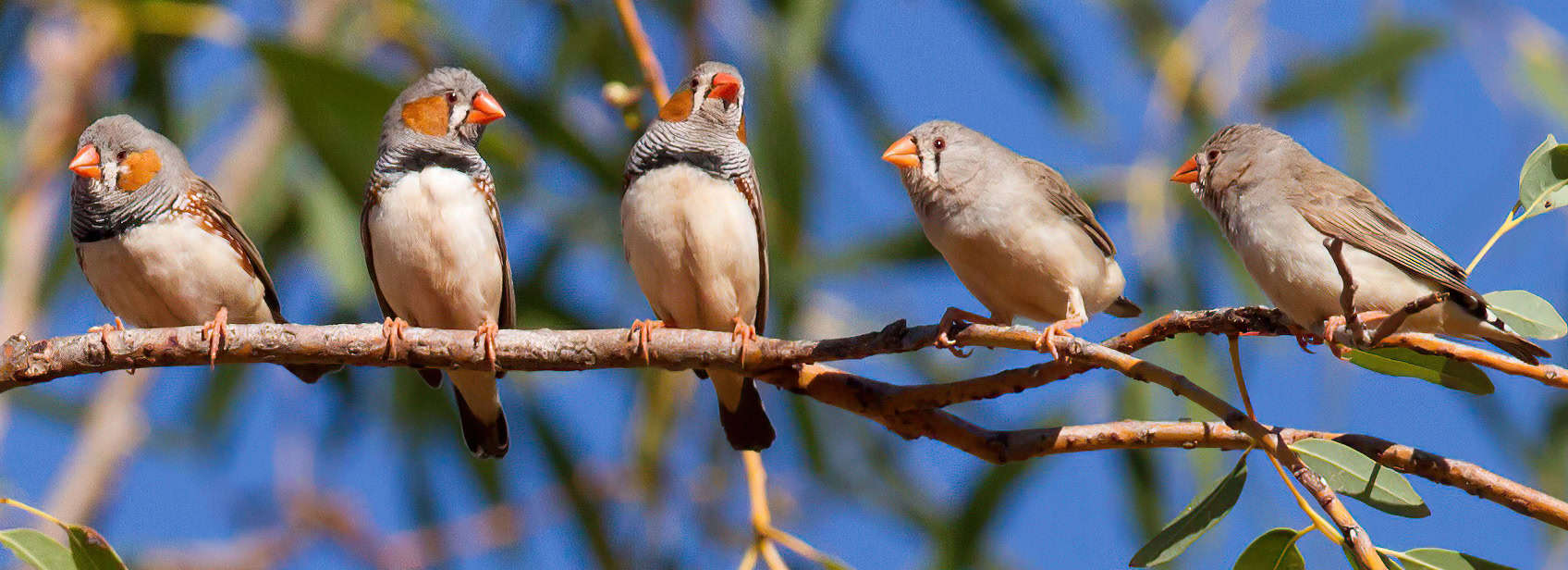Share this article
Fluctuating temperatures could threaten turtle populations
Rising temperatures aren’t the only climate-related threat that could imperil turtle species by causing their eggs to produce only one sex. In addition to general warming trends, researchers warn, temperature fluctuations driven by climate change may not just further imperil these reptiles but could actually hasten their decline.
Looking at temperature fluctuations expected under climate change, the researchers found painted turtles (Chrysemys picta) and other species “could lose males faster than anticipated,” said Nicole Valenzuela, a professor of ecology, evolution and organismal biology at Iowa State University and the lead author of a recent study published in Scientific Reports.
Like many turtles and some other reptiles, painted turtles undergo temperature-dependent sex determination. Colder temperatures produce more males. Warmer temperatures produce more females. As average global temperatures warm, researchers already predict painted turtles would produce more and more females over time, jeopardizing their ability to sustain their population levels.
If their findings can be applied to other species whose sex is determined by temperature, Valenzuela said, “then other species may be at risk of accelerated feminization if they produce females at warmer temperatures, or at risk of accelerated masculinization if they produce males at warmer temperatures.”
In previous research, Valenzuela found that an increase of about 4 degrees Celsius could mean the difference between a nest of all males and a nest of all females. But those studies looked at constant temperatures in a laboratory. In follow-up studies using simplistic temperature fluctuations, she found changes in temperature could cause sex reversal, producing males at average temperatures that would be expected to produce females.
That raised hopes that the fluctuations could counter the warming effect and alleviate the impacts of climate change. Instead, further research using nest temperatures recorded in field nests showed that nests still tended to produce more females as temperature oscillations became more extreme, in some cases causing the embryos to die.
The finding highlights just one more threat impacting turtles, Valenzuela said. Turtles are the most endangered group of vertebrates, she said, and threats from humans, including habitat destruction and fragmentation, make it more difficult for them to adapt to climate change.
“Ideally, and not just for painted turtles but for other species as well, we would reduce CO2 emissions to slow down or stop climate change, we would reduce the contamination and destruction of their habitat, reduce their exploitation to sustainable levels and we would restore population connectivity where it has been lost,” she said.
Header Image: Climate change threatens the painted turtle, a species that undergoes temperature-dependent sex determination. ©Nicole Valenzuela








